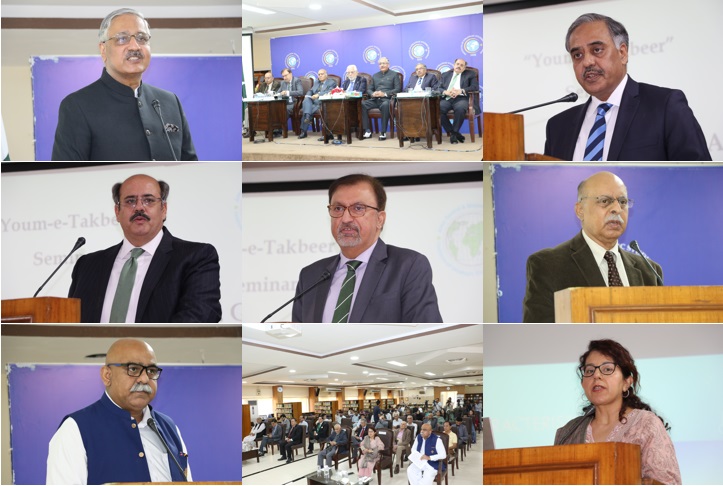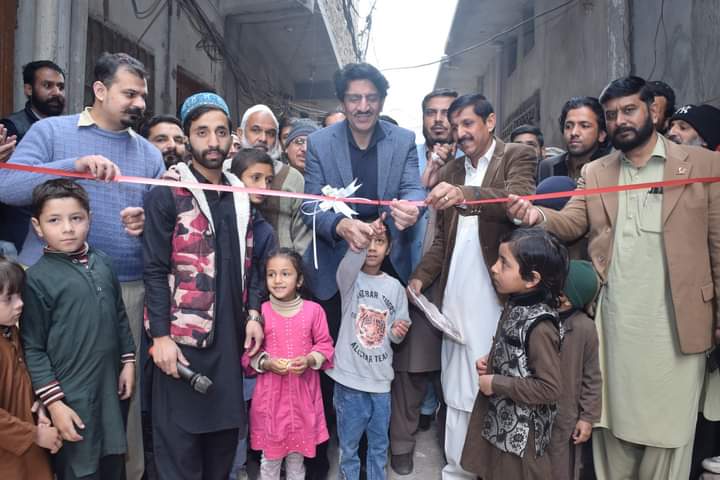By Nighat Saleem
Challenges and Way Forward
Introduction
Education is a fundamental right for every child, yet in Mardan, a district of Khyber Pakhtunkhwa (KP), Pakistan, thousands of girls remain deprived of quality education. Despite government initiatives and growing awareness, socio-cultural barriers, economic hardships, and inadequate infrastructure continue to limit girls’ access to schools. Addressing these challenges requires immediate and collaborative efforts from policymakers, civil society, and local communities.
Current Situation, Facts & Figures
Mardan, like many districts in KP, faces significant hurdles in ensuring equal educational opportunities for girls. According to provincial statistics 2.9 million girls in KP are out of school, with rural areas experiencing the highest dropout rates. Only 40% of girls complete primary school, and far fewer continue beyond middle school due to limited secondary school facilities. The ratio of primary to high schools is 4:1, meaning many girls have no access to schools beyond the elementary level.
The literacy rate for women in Mardan is estimated to be below 50%, much lower than the male literacy rate, about 21% of girls in KP marry before the age of 18, cutting short their educational prospects. These numbers highlight the urgent need to address the barriers preventing girls from receiving an education.
Challenges Facing Girls’ Education in Mardan
Several factors contribute to the challenges faced by girls in accessing and completing their education in Mardan:
1. Socio-Cultural Barriers
One of the biggest obstacles to girls’ education in Mardan is deep-rooted socio-cultural norms. Many families, particularly in rural areas, still adhere to traditional beliefs that prioritize boys’ education over girls. Early marriages and domestic responsibilities further limit girls’ opportunities to continue their education beyond primary school.
2. Poverty and Economic Constraints
Financial difficulties also hinder girls’ education. Many families struggle to afford school fees, uniforms, and learning materials. In cases where families have limited resources, boys’ education is often prioritized over that of girls. The economic burden forces many girls to drop out of school and contribute to household income through domestic or labor-intensive work.
3. Lack of Schools and Infrastructure
Despite the presence of government schools, many areas in Mardan still lack sufficient girls’ schools, particularly at the secondary and higher levels. This shortage forces girls to travel long distances to access education, which poses safety concerns and discourages many from continuing their studies. Furthermore, existing schools often lack basic facilities such as clean drinking water, toilets, and proper classrooms, making the learning environment unwelcoming for girls.
4. Shortage of Female Teachers
Cultural norms in Mardan dictate that female students should be taught by female teachers. However, there is a severe shortage of trained female teachers in the district. This discourages parents from sending their daughters to school, particularly in higher grades, where female teachers are scarce.
5. Security Concerns
The security situation in Khyber Pakhtunkhwa, though improved in recent years, still affects girls’ education. Fear of harassment and violence on the way to school discourages many families from allowing their daughters to attend. Some extremist ideologies also contribute to opposition against female education, although government efforts have countered such narratives.
6. Low Awareness and Parental Attitudes
Many parents in Mardan, especially in rural areas, are unaware of the long-term benefits of educating their daughters. A lack of awareness about scholarships, incentives, and career opportunities for educated women discourages families from investing in girls’ education.
The Way Forward: Strategies for Improving Girls’ Education in Mardan
To overcome these challenges and ensure that girls in Mardan have access to quality education, a multi-faceted approach is necessary. The following recommendations can help improve the situation:
1. Community Awareness and Advocacy
Efforts should be made to raise awareness among parents and community leaders about the importance of girls’ education. Local influencers, religious scholars, and media campaigns can play a significant role in changing societal attitudes. Community-based organizations and NGOs can also help in mobilizing support for girls’ education.
2. Expanding Educational Infrastructure
The government should invest in constructing more schools, especially for girls at the secondary and higher levels, in remote and underserved areas. Existing schools should be upgraded with adequate classrooms, sanitation facilities, and drinking water to create a conducive learning environment.
3. Recruitment and Training of Female Teachers
To encourage more girls to attend school, the government should recruit and train more female teachers. Providing incentives such as housing, transport, and financial benefits for female teachers can encourage them to work in rural and conservative areas where their presence is crucial.
4. Financial Incentives and Scholarships
To address economic barriers, the government should provide scholarships, free textbooks, and stipends for girls from low-income families. Conditional cash transfers, where families receive financial support for keeping their daughters in school, have been effective in similar contexts and should be expanded.
5. Safe Transportation Facilities
Given the long distances that many girls have to travel to school, providing safe and affordable transportation options, such as school buses, can reduce dropout rates. Collaboration with local transport services to offer discounted fares for schoolgirls can also be a viable solution.
6. Strengthening Law Enforcement and Security
Ensuring the safety of girls traveling to and from school is crucial. Government authorities should enforce strict measures against harassment and violence, making schools safer for girls. Community policing and engagement with local elders can help in providing additional security for female students.
7. Policy Reforms and Increased Budget Allocation
A greater portion of the education budget should be allocated to girls’ education, ensuring proper implementation of policies. Authorities must strengthen monitoring mechanisms to prevent corruption and ensure that funds are used effectively for school improvements, teacher training, and educational resources.
8. Introduction of Alternative Learning Programs
For girls who have dropped out of school due to early marriage, domestic work, or other reasons, alternative learning programs such as evening schools, vocational training, and distance education should be introduced. These initiatives can help young women continue their education and acquire skills for self-employment and financial independence.
In nutshell the current state of girls’ education in Mardan, KP, reflects a combination of socio-cultural, economic, and infrastructural challenges. However, with the right policies and community-driven initiatives, significant progress can be made. Investing in girls’ education not only improves their lives but also contributes to the overall social and economic development of the region. It is time for the government, civil society, and local communities to take concrete action to ensure that every girl in Mardan has access to quality education.


